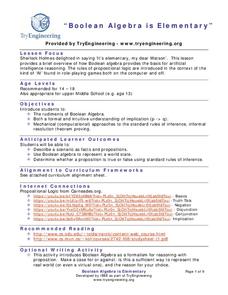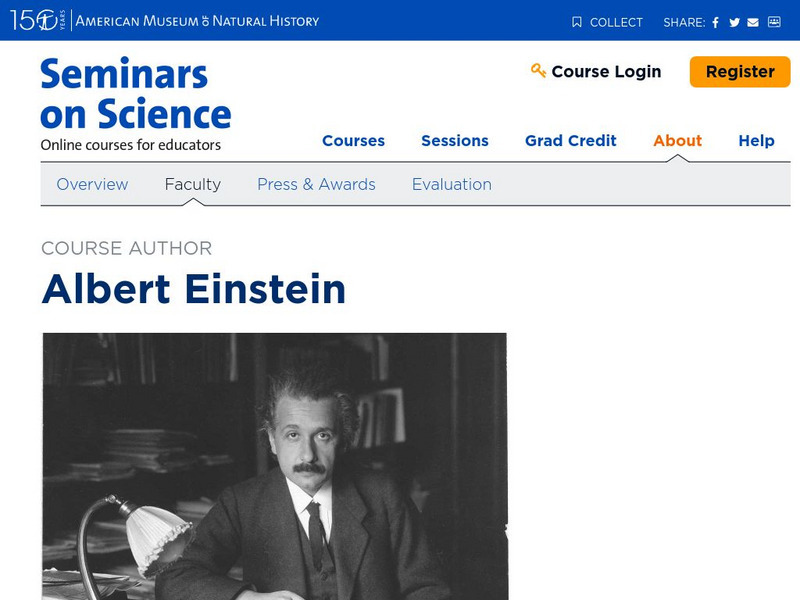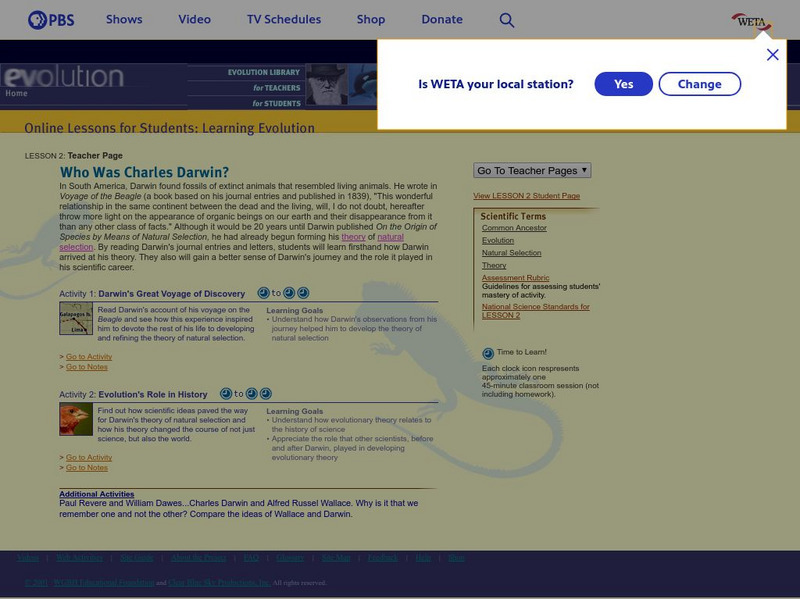Towson University
Mystery Tubes
How do scientists know they're right? Truth be told, they don't always know. Explore the scientific process using mystery tubes in an insightful activity. Young scientists discover how to approach and solve problems in science, how ideas...
TryEngineering
Boolean Algebra is Elementary
See how Boolean algebra relates to video games with a lesson that teaches young scholars how to use Boolean algebra to create rules for a virtual world. They test the rule base for consistency in groups.
Edgemont Elementary School
Scientific Method Unit
Four out of five teenagers experiment with science by accident. This unit teaches the five parts of the scientific method through examples, guided practice, independent practice, and then through a hands-on experiment. Each step is...
National Institute of Open Schooling
Compounds of Carbon Containing Halogens (Haloalkanes and Haloarenes)
Halogens comes from a Greek word which translates to make salt. Lesson 27 in the series of 36 teaches pupils about halogens. Pupils read, discuss, and answer questions in order to learn about haloalkanes and haloarenes. From defining...
National Institute of Open Schooling
Ionic Equilibrium
Scientific studies show the older we get, the more acidic we become. The activity extensively teaches high schoolers about acids and bases. By the end of the 14th installment of 36, they can define and explain three concepts of...
National Institute of Open Schooling
Nomenclature and General Principles
Carbon, the base for all organic compounds, exists in nature in its purest form as graphite or diamonds. The 25th lesson in a series of 36 teaches pupils the nomenclature of organic compounds. Learners read about how to use the IUPAC...
Merck KGaA (Darmstadt, Germany)
EMD PTE
You can't tell by the title, but this is a functional periodic table of elements. Incorporating bright colors, lucid text, and easily operated features, this application serves as a valuable reference tool for your chemistry class.
TryEngineering
Sorting Socks is Algorithm Complexity
Use hosiery to teach computer science. Scholars use socks to develop a set of algorithms. They find ways to find a particular sock from a set and ways to sort socks. Finally, they use their algorithms to consider time complexity.
National Institute of Open Schooling
The Liquid State
Due to surface tension, dew — a liquid, is spherical in shape. Learners explore the properties of liquids in activity seven in this series of 36. Beginning with its basic properties such as boiling point and moving through to surface...
Code.org
Cleaning Data
"Clean the data!" "I did not know it was dirty." Introduce your class to the process of cleaning data so that it can analyze it. Groups work through a guide that demonstrates the common ways to filter and sort data. Pairs then...
Teach Engineering
Searching for Bigfoot and Others Like Him
Individuals create a GIS data layer in Google Earth that displays information about where one might find seven different cryptids. The class members research to find data on cryptid sightings they can include in their data...
University of California
University of California: Understanding Science: The K 2 Teachers' Lounge
A collection of teacher resources on the "how to" incorporate the nature and process of science into your curriculum. Site includes tips for the teacher, sample starting activities, teaching tools, and sample lessons.
University of California
University of California: Understanding Science: The 6 8 Teachers' Lounge
A collection of teacher resources on the "how to" incorporate the nature and process of science into your curriculum. Site includes tips for teacher, sample starting activities, teaching tools, and sample lessons.
University of California
University of California: Understanding Science: The 3 5 Teachers' Lounge
A collection of teacher resources on the "how to" incorporate the nature and process of science into your curriculum. The site includes tips for the teacher, sample starting activities, teaching tools, and sample lessons.
University of California
University of California: Understanding Science: The 9 12 Teachers' Lounge
A collection of teacher resources on the "how to" incorporate the nature and process of science into your curriculum. Site includes tips for the teacher, sample starting activities, teaching tools, and sample lessons.
American Museum of Natural History
American Museum of Natural History: Profile: Albert Einstein
Read about the life and work of Albert Einstein, including details from his childhood and what he said about life just before he died.
PBS
Pbs Teachers: Who Was Charles Darwin?
Explore the scientific ideas that paved the way for Charles Darwin's theory of natural selection. Map and research his scientific journeys and explain how his theory changed the course of science and the world.
















